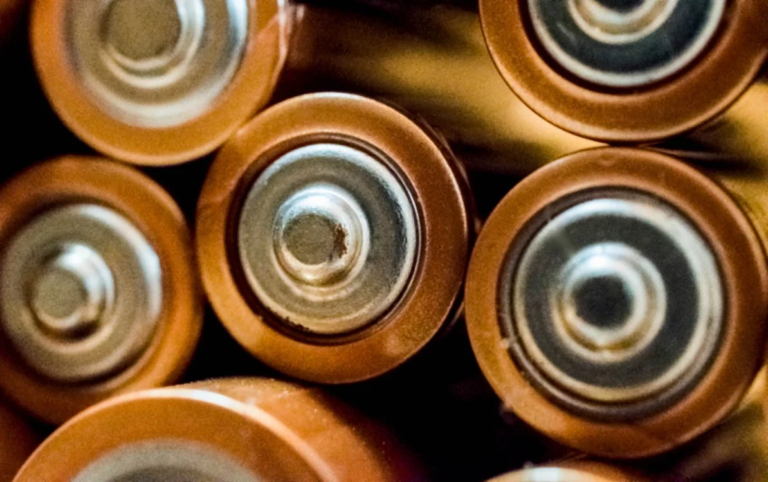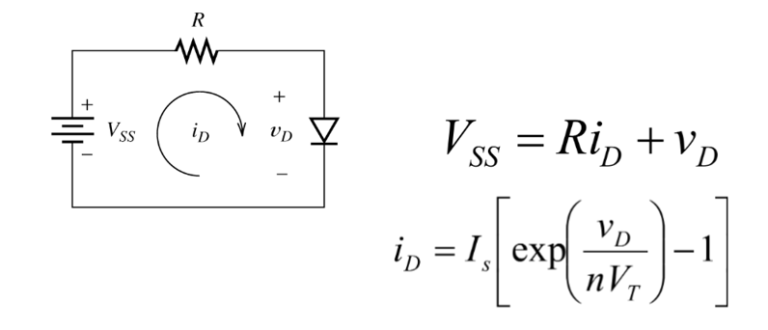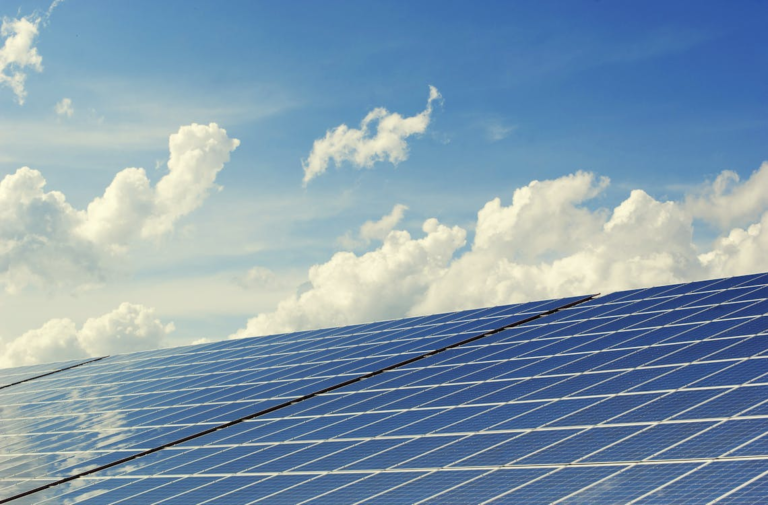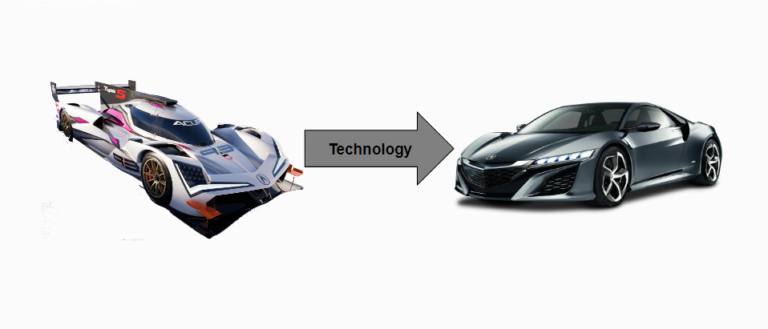Electric Battery Explained
An electric battery is an energy storage device comprising one or more electrochemical cells. These cells have external connections used to power electrical devices. When providing power, the battery’s positive terminal serves as the cathode, while the negative terminal functions as the anode. Electrons flow through an external electric circuit to the positive terminal from…









